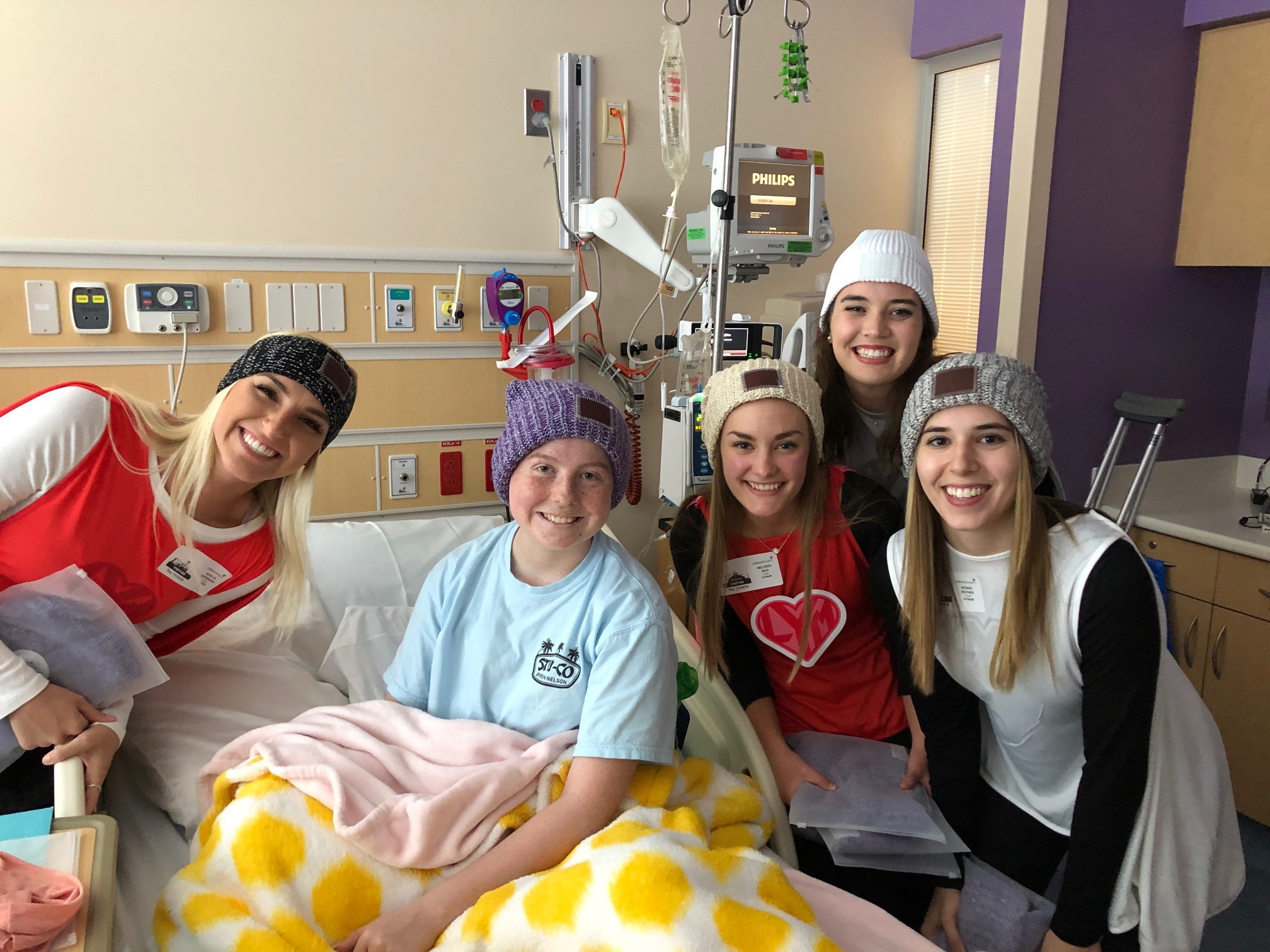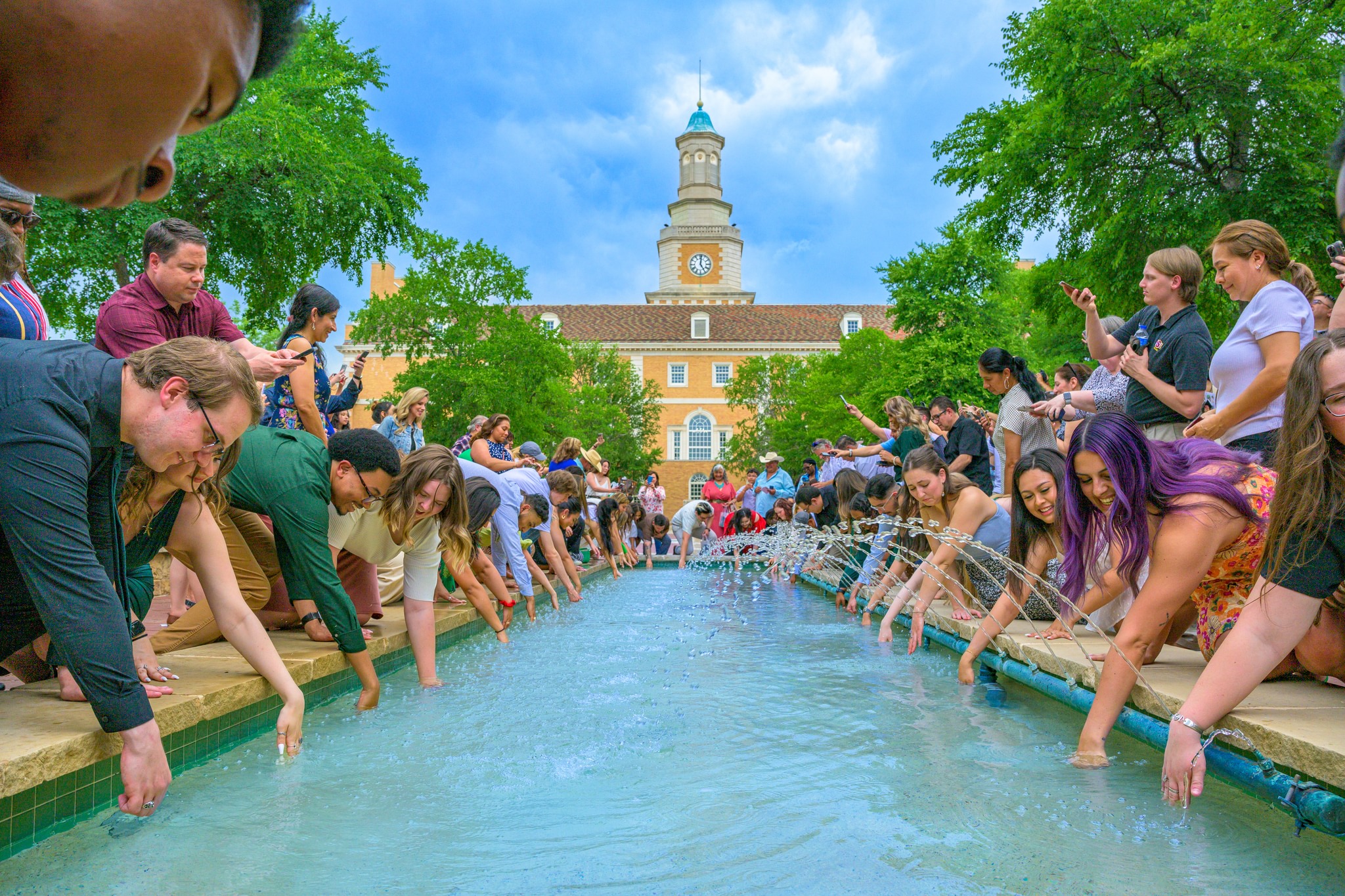Grapevine-Colleyville Intermediate School District | 2024-2025 Operating Budget $172 million
Last night, we celebrated the graduation of the 2nd class of Leadership GCISD! This incredible group of community members got a behind the scenes look at what makes GCISD thrive, and finished their semester-long program learning more from Finance, Human Resources and Technology. pic.twitter.com/CuMt95cZBm
— Grapevine-Colleyville ISD (@GCISD) April 23, 2025
What a sweet way to celebrate learning! About 40 Silver Lake students were honored with medals and treated to Kona Ice for reading at least 2,100 minutes this school year as part of their campuswide reading challenge. Nice job! pic.twitter.com/kkg7sDt7y5
— Grapevine-Colleyville ISD (@GCISD) May 15, 2025
























